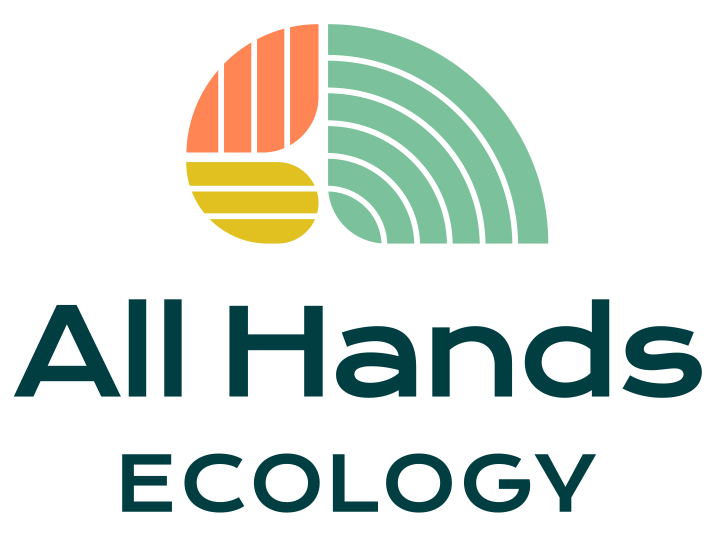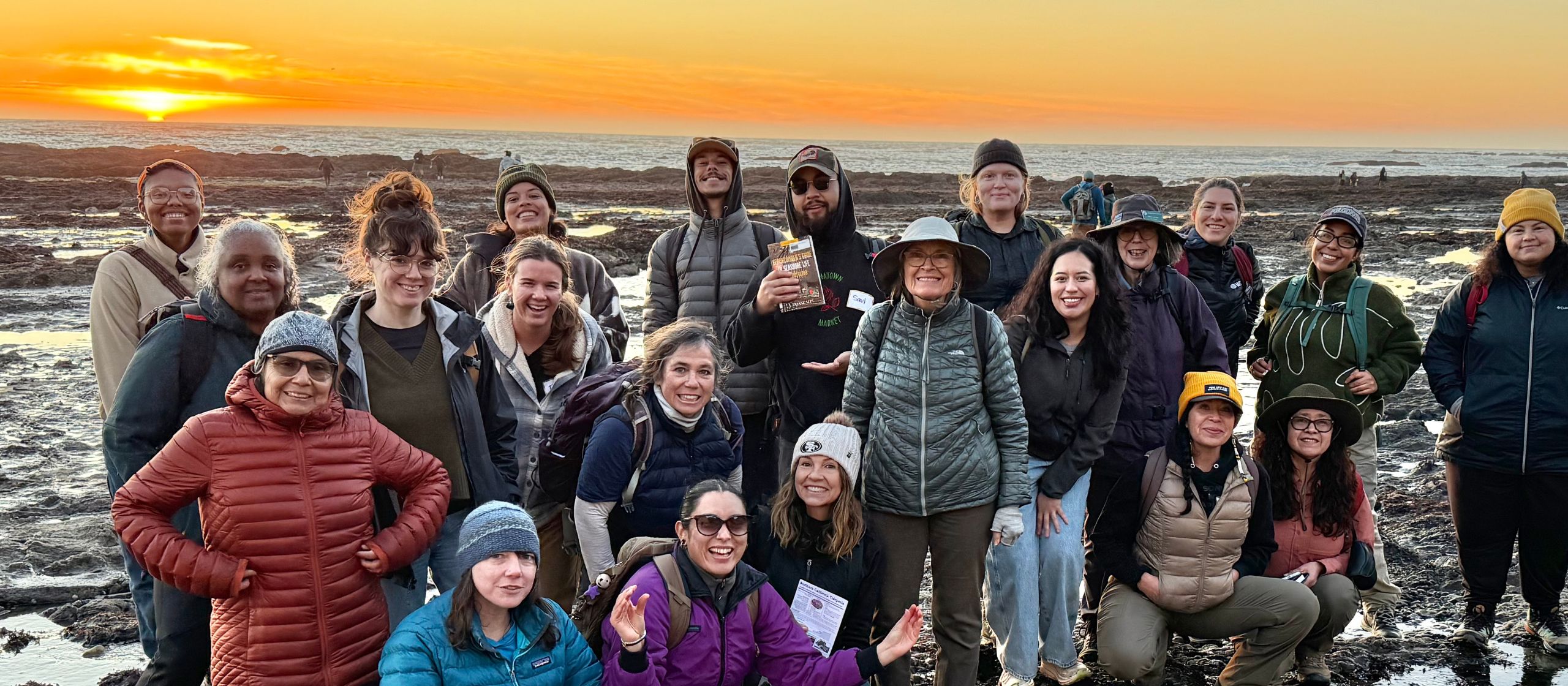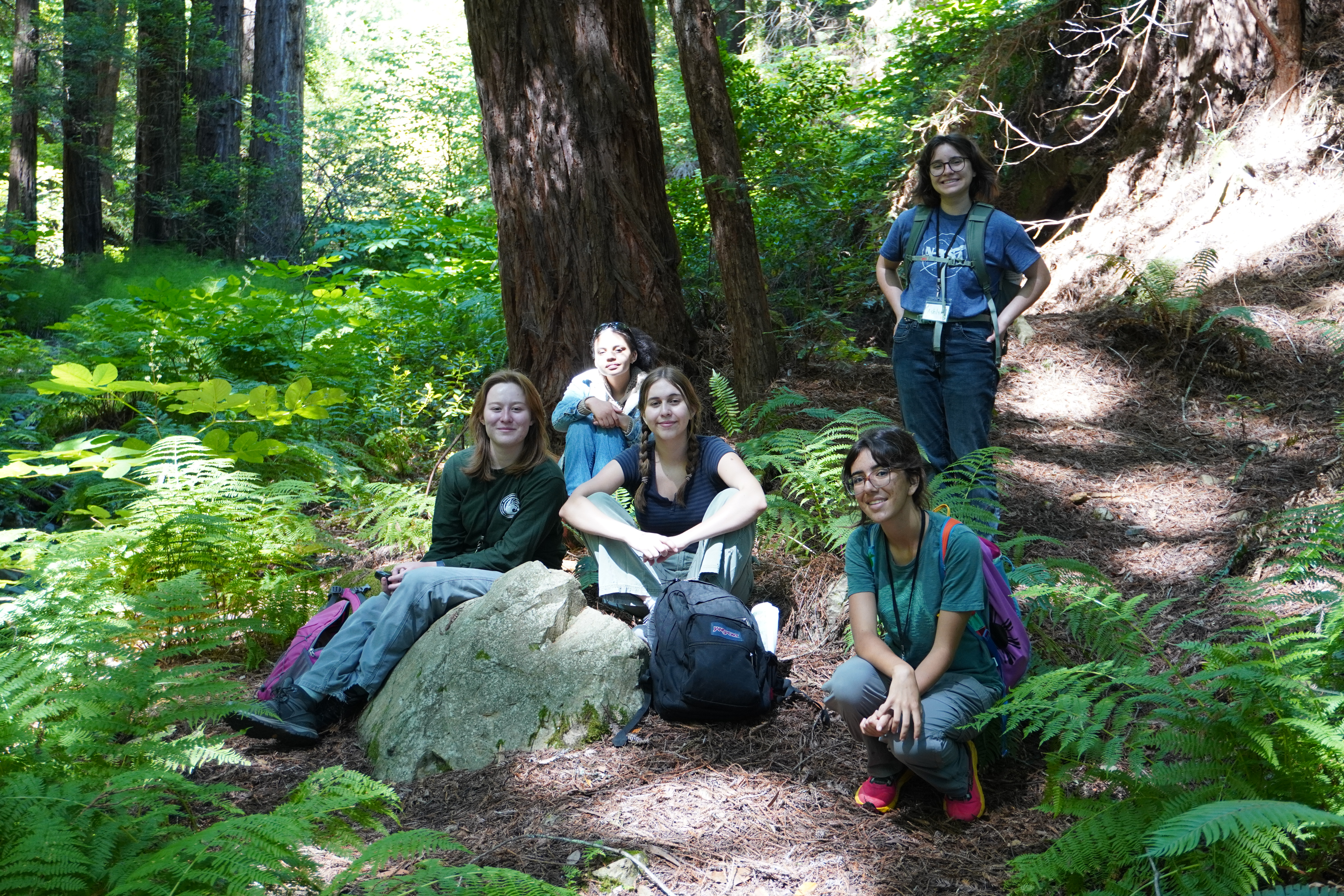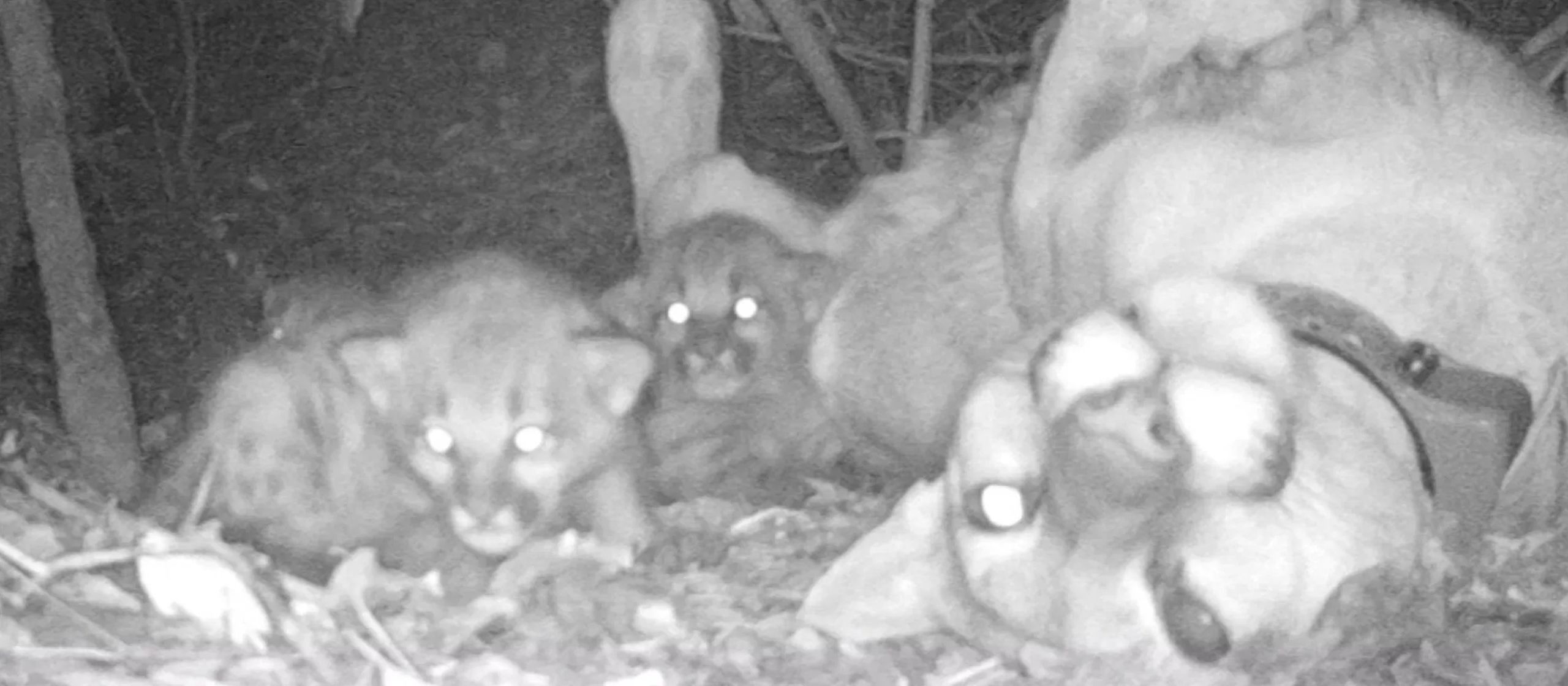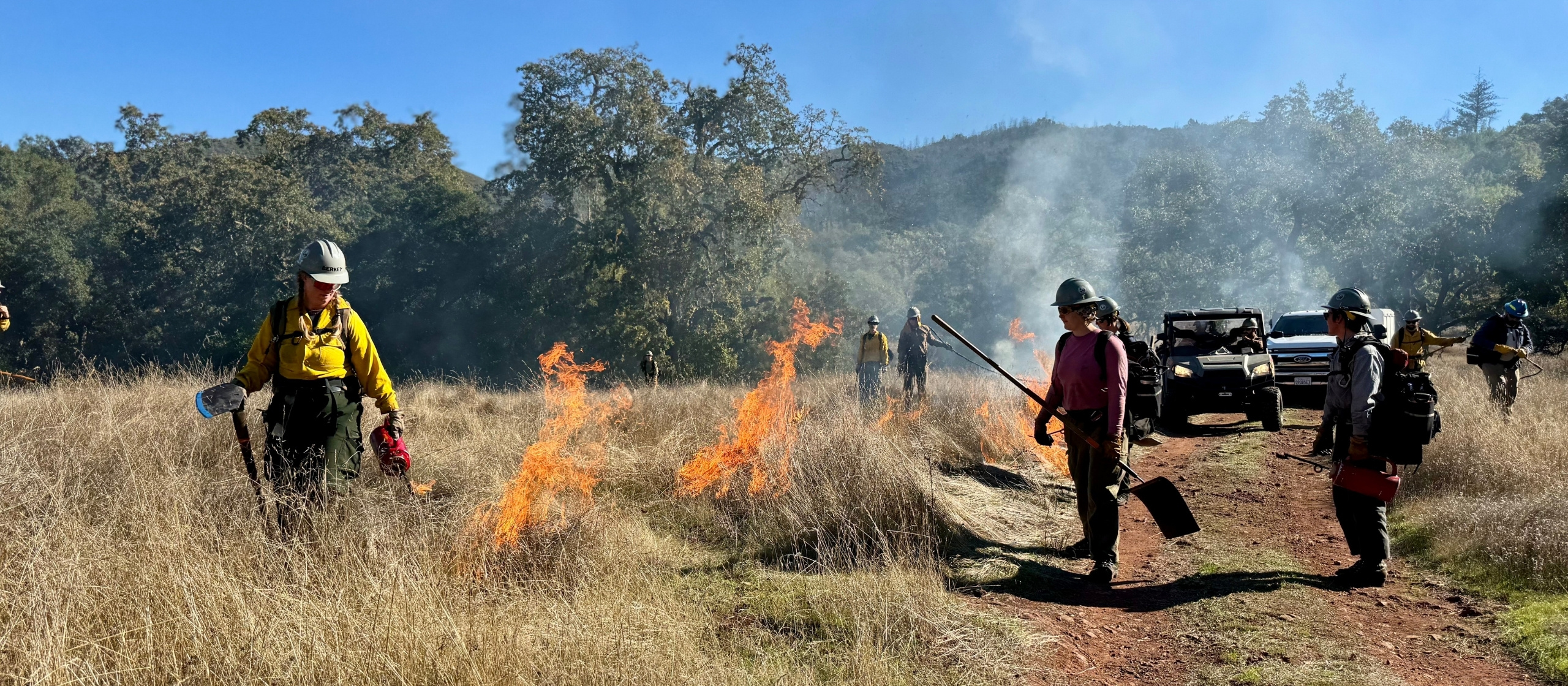|
Getting your Trinity Audio player ready...
|
Unexpected gifts
Saul Cuevas-Landeros, a graduate from the California Naturalist program, laughs as he shares that the youth that he works with in Richmond think of him as an “older dude.”
Cuevas-Landeros, who is in his early twenties and was raised in Oakland, works as a program assistant for YES Nature to Neighborhoods, providing access to the outdoors and leadership development for youth from historically excluded communities in Richmond.
“Perhaps it was the long beard I used to have,” Cuevas-Landeros explains.
Cuevas-Landeros, who recently graduated from college with a focus in philosophy and digital studies, is new to outdoor education. When his supervisor offered the California Naturalist course we hosted in 2025 as a professional development opportunity, Cuevas-Landeros was excited and enthusiastic to learn about natural history, ecology, and take field trips in beautiful places. He wasn’t expecting that CalNat would also teach him to build community and foster belonging with the youth he works with.
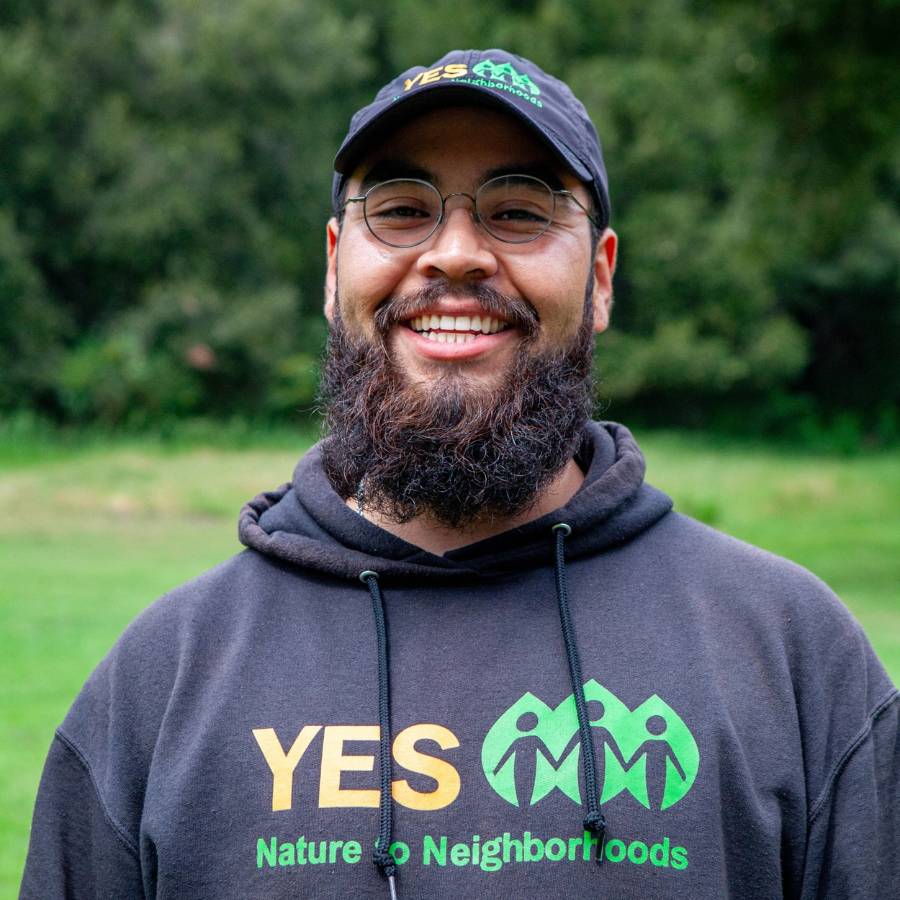
Layered understandings of nature
All Hands Ecology: The California Naturalist program ended almost six months ago. How has the program been informing your work since you graduated?
Cuevas-Landeros: The program continues to help me with natural history knowledge. It’s also helped me appreciate what it looks like to have a layered understanding of nature. There is science in understanding the environment, but there are other perspectives in our understanding. We are constantly developing a relationship to the things around us. Asking the question, “What does a relationship to nature look like?” The answer takes on multiple layers, depending on who you’re talking to.
For example, in CalNat we learned about the story of how hummingbird gave the Ohlone people fire. I shared this story with the young people I was working with at Slide Ranch. One youth in particular, who was very knowledgeable in science, was really interested in this new perspective.
All Hands Ecology: We talked to you six months ago on the final weekend of the CalNat program. You said that one take-away from the program was “valuing how people’s backgrounds and lived experiences influence their perspectives on nature.” Is this component still important to you six months later?
Cuevas-Landeros: Yes! A lot of the focus in CalNat was on learning natural history, but there was also a community-building part that was important to me. In CalNat, our cohort was creating a shared understanding together. Recognizing that we all have different relationships to the world and feeling comfortable and safe to share my own experience expanded my knowledge. Building a sense of trust and safety in learning allows relationships to be built, which is the way community is built. In CalNat, we weren’t just taking information in. We were also sharing our personal stories and perspectives which added to the knowledge. I’ve been able to use these community-building skills in my facilitation with youth.
Validating personal story
All Hands Ecology: How did the CalNat course validate your personal story?
Cuevas-Landeros: I don’t come from an environmental background, and I’ve always struggled with imposter syndrome. I went to college in Maine during peak COVID years. College was a predominantly white space, drastically different than growing up in a Latino neighborhood in Oakland. Coming out of that experience and the shyness of COVID didn’t help my feelings of imposter syndrome.
Being in the CalNat space helped develop my confidence and sense of belonging in spaces with people who have different backgrounds than mine. It helped validate that a different background doesn’t matter. I felt like I could create my own relationship to being a naturalist.
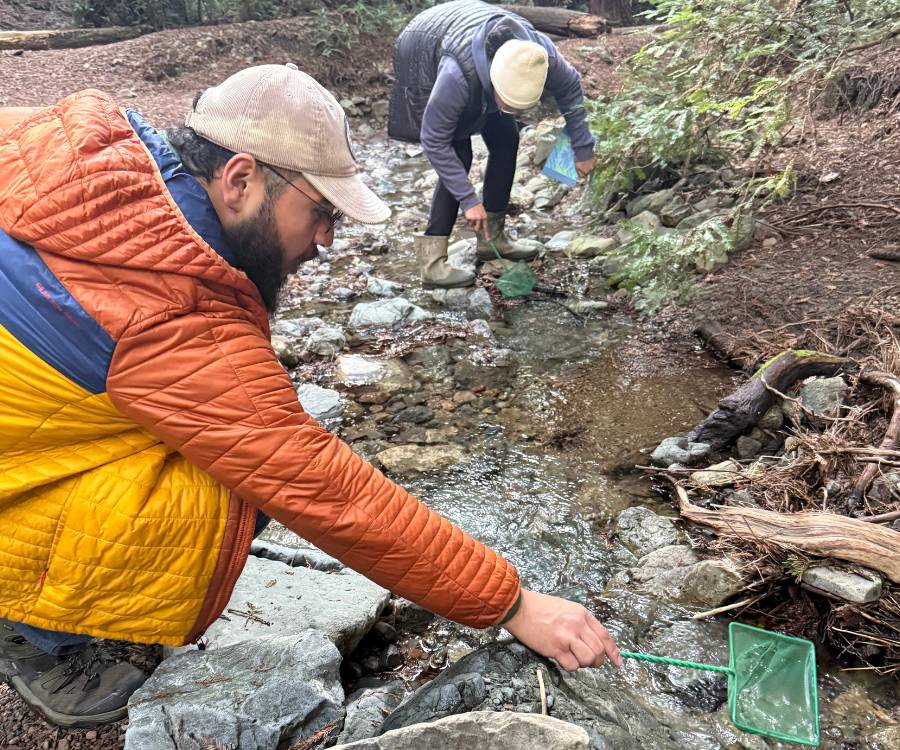
Community building with youth
All Hands Ecology: How have these learnings about belonging and community-building helped in your work?
Cuevas-Landeros: Youth are able to see authenticity. It’s important for me to be comfortable with myself. But also, you want youth to feel they’re able to be their confident selves and not feel like they have to hide or act a certain way around you or their peers. You want them to stay true to themselves. Modeling confidence and belonging, the youth are more able to do that themselves, building community amongst their peers.
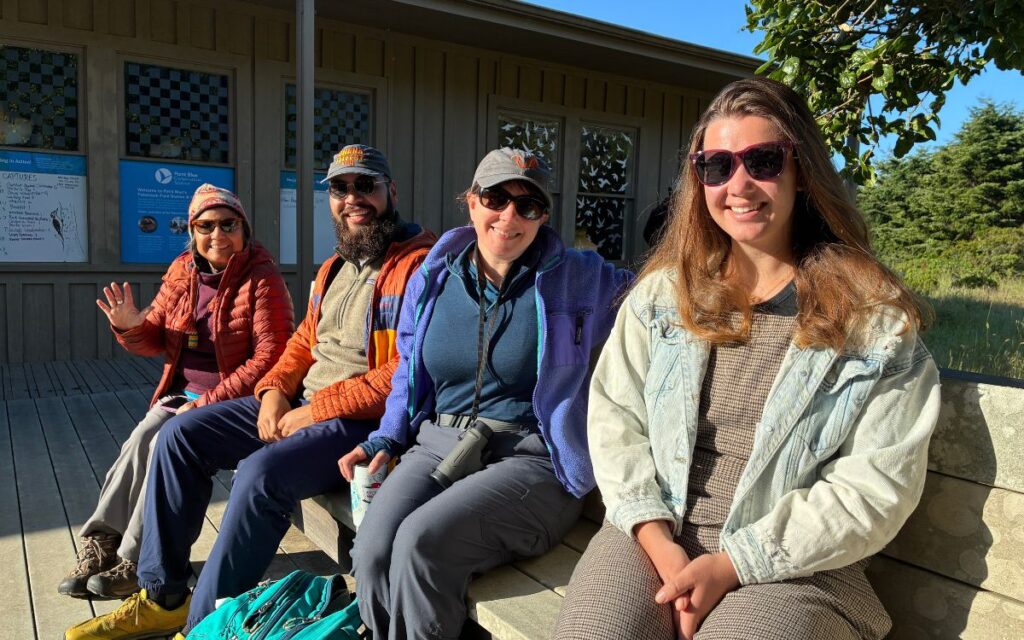
Continuing with CalNat
All Hands Ecology: How has your relationship with your CalNat cohort and the education team continued?
Cuevas-Landeros: YES Nature to Neighborhoods does trips to Martin Griffin Preserve, so I’ve been seeing Vini and Catie from the education team. I am also connected with other groups, such as the We Got Us campout at Volunteer Canyon and the Tule harvest that Alliance for Felix Cove runs on Tomales Bay.
What I learned in CalNat shows up in a lot of instances too — bringing out that sense of wonder I experienced with friends in CalNat — remembering the feelings of slowing down and sharing in whimsy together.
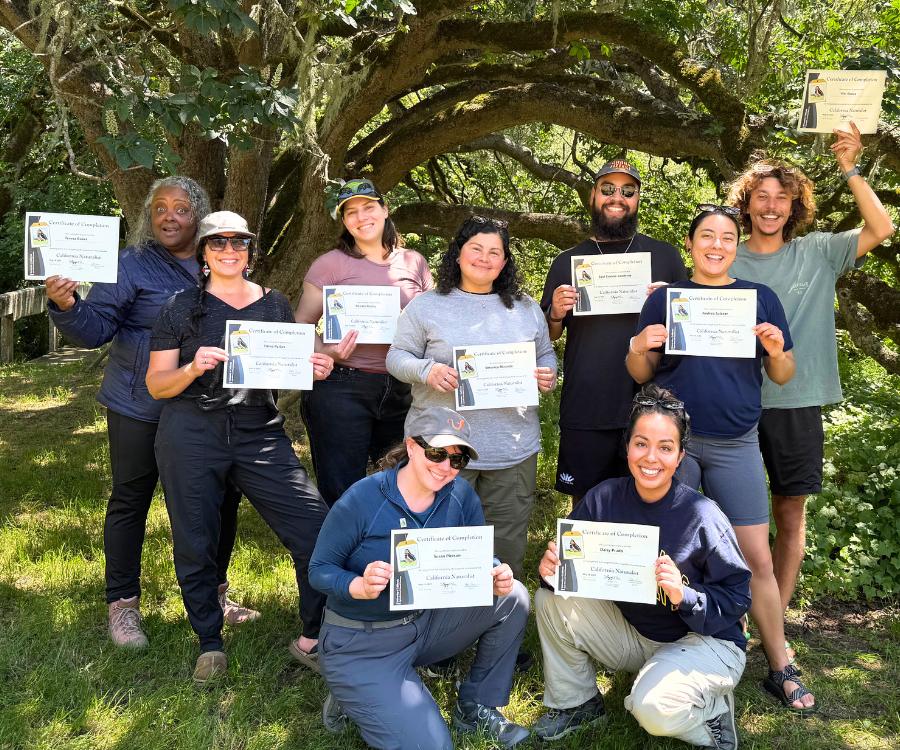
More stories from the CalNat program
We all have a role to play: Reflections from the California Naturalist program >
To become a certified California Naturalist or Climate Steward, enroll in a 40+ hour course with an organization in a region near you. https://calnat.ucanr.edu/Take_a_class/

